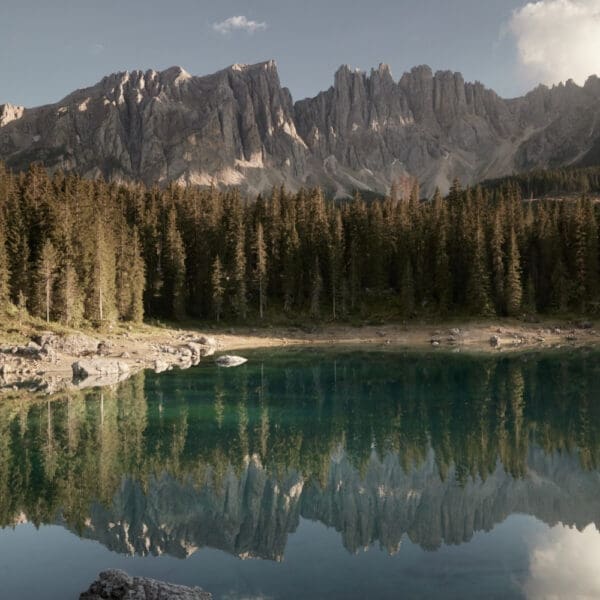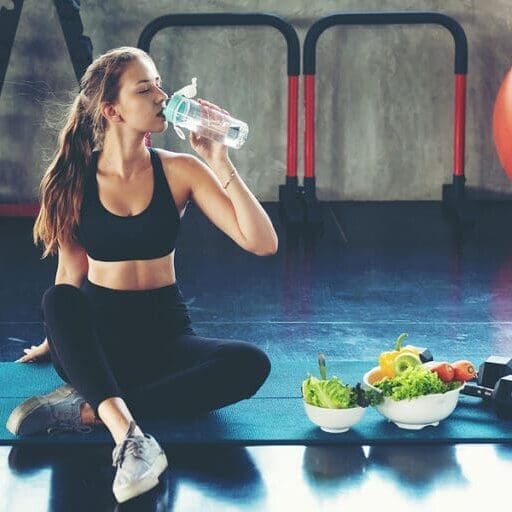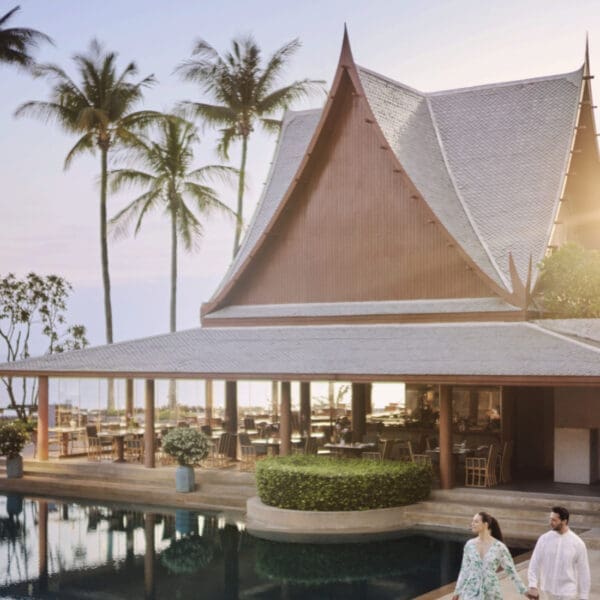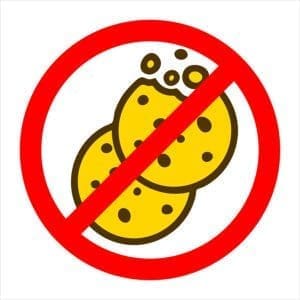 You are what you eat. Every day, the ‘average consumer’ is starting to appreciate food as more than just fuel but as medicine that can restore the body, slim the waist, steady the mood, elevate cognition, and even reverse chronic diseases. This burgeoning wellness way of life is also reflected in various dietary trends like plant-based or keto as well as buzzy meal additives like probiotics, superfoods, nootropics or adaptoge.
You are what you eat. Every day, the ‘average consumer’ is starting to appreciate food as more than just fuel but as medicine that can restore the body, slim the waist, steady the mood, elevate cognition, and even reverse chronic diseases. This burgeoning wellness way of life is also reflected in various dietary trends like plant-based or keto as well as buzzy meal additives like probiotics, superfoods, nootropics or adaptoge.
Hotels need to adapt their menus, but a far bigger opportunity awaits. We argue that hotels must not only shift their F&B programming in stride with these cultural changes but also that there are specific ways within this food-as-medicine trend to activate new revenue streams and greatly enhance loyalty.
Longevity lifetime value
One of the beauties of pursuing the giant wellness pot of gold is that this segment of customers has, in the aggregate, a substantially longer lifetime over other groups of people. While it’s easy to say that eating healthy, exercising, meditating and the like will all help you to live longer and have more healthy years within that lifespan to devote to travel (what’s called ‘healthspan’), many hotels still aren’t properly incorporating this in their loyalty strategies.
On an individual basis, one person with a predilection for wellness may give you five to ten more years of potential room reservations over another person who doesn’t value wellness. What’s more, there is a positive correlation between wellness and wealth, which makes sense when you consider that heightened intellect, reduced sickness and augmented quotidian energy levels that stem from healthy habits can all enable greater workplace productivity as well as more income-earning years.
In other words, wellness-oriented guests will probably have more disposable cash over other customer segments to allocate towards elevating their hotel stays. So, wellness not only means more customer lifetime value (CLV), but also a higher average guest spending across multiple profit centers – seems like a win-win.
The nutritional challenge
With the awareness for food as medicine ever-increasing – that is, the number of potential guests who have realized the value of healthy eating and, likely, other related activities that promote longevity – one of the largest obstacles that said consumers face is they don’t know where to start. The pandemic also catalyzed this growth as we were all forced to expand our home kitchen repertoire.
Changing habits is hard. Compounding this is that there’s a lot of conflicting nutritional advice out there. Then adding jet fuel to it all are the food and beverage providers who have hijacked the term ‘healthy’ with marketing labels such as ‘all natural’, ‘low calorie’ and ‘low fat’. Who has time to read the full ingredient list? Who has time to understand what each ingredient does to the body? Who has time to research the specific sourcing and quality of each ingredient?
It’s all very intimidating. The biggest barrier to adopting healthier eating habits is thus not knowing how to incorporate healthier ingredients and food preparation methods into one’s daily routine. Wouldn’t it be great if there was a place that assumed the role of being an inspiration by offering people a fun, dynamic and convenient way to learn about healthier eating habits so that said consumers could bring those lessons home?
Transformative experiences
The question alludes to what we call a ‘transformation’ – an activity or experience that is not only enjoyable now but that leaves a person better off from where they were at the outset. Hence, teaching hotel guests about great food through live demonstrations, an immersive tasting and an interactive cooking class is what we would denote as transformative culinary experiences.
Many properties already offer foodie-related activities that likely bring together local partners to weave in an authentic cultural narrative about the area. Keep going with this, obviously, but then take it a step further by thinking about ways to leave a lasting impression on guests through the lens of improving how they eat at home.
The world is your oyster, and oysters just so happen to be a superfood! A wine tour can incorporate wellness elements, as can a farm tour, cheesemaking class, healthy baking class, guided tea ceremony or chocolate confectionary tutorial. Urban or rural, there’s always a way to fuse what’s local or what’s on the theme with interactive education into something that’s inspirational. Such experiences can then be reinforced through packaging with onsite vouchers, arrival amenities, departure gifts, other merchandising opportunities in the gift boutique and other wellness activities like mindfulness classes or spa facility access.
One of the best examples of a post-pandemic transformative culinary experience is Silversea’s S.A.L.T. program. The acronym stands for Sea and Land Taste where the onboard dining menus and interactive cooking laboratories adjust with each new destination and are then combined with an onshore excursion accompanied by one of their food experts. Yes, this is a cruise line so the economics are different, but there’s no reason a hotel can’t emulate this on a smaller scale.
Access Is everything
The key to any experience of this nature is to make them accessible or visible with easy payment rails. Most hotels struggle to capture ancillary spending beyond meals at the restaurant, so going to the next level of designing experiences that are also well-attended is out of scope.
Get the technology ironclad first. Are these packages visible on the front-end website and then easily purchased on the booking engine? Are you talking about them in your marketing channels? What’s your communication process with public relations to get the word out? Given that many guests are only prime for upselling in the days preceding arrival, do you have these experiences available as add-ons and how are you telling guests about them in this context? Similarly, how are you telling them about last-minute experience availability once on site, whether through the hotel app, in-room tablets or digital signage?
Then consider other components in the tech stack. How are all the various elements of a purchased package parsed out to other software? Given that classes are time-based inventory, how do guests reserve spots? How are you prompting them to reserve a spot in advance of their stay? How are you managing to staff? For any physical good, how are you managing this within the inventory system?
Lots of questions, but no one said this was easy. What you will find, though, is that answering these to help make experiential offerings more ‘turnkey’ will also help solve a lot of other upselling and labor productivity issues along the way. So, while targeting wellness guests may be a win-win, addressing your tech stack to better enable the required service enhancements makes it a triple crown.
This article may not be reproduced without the expressed permission of the author.



















